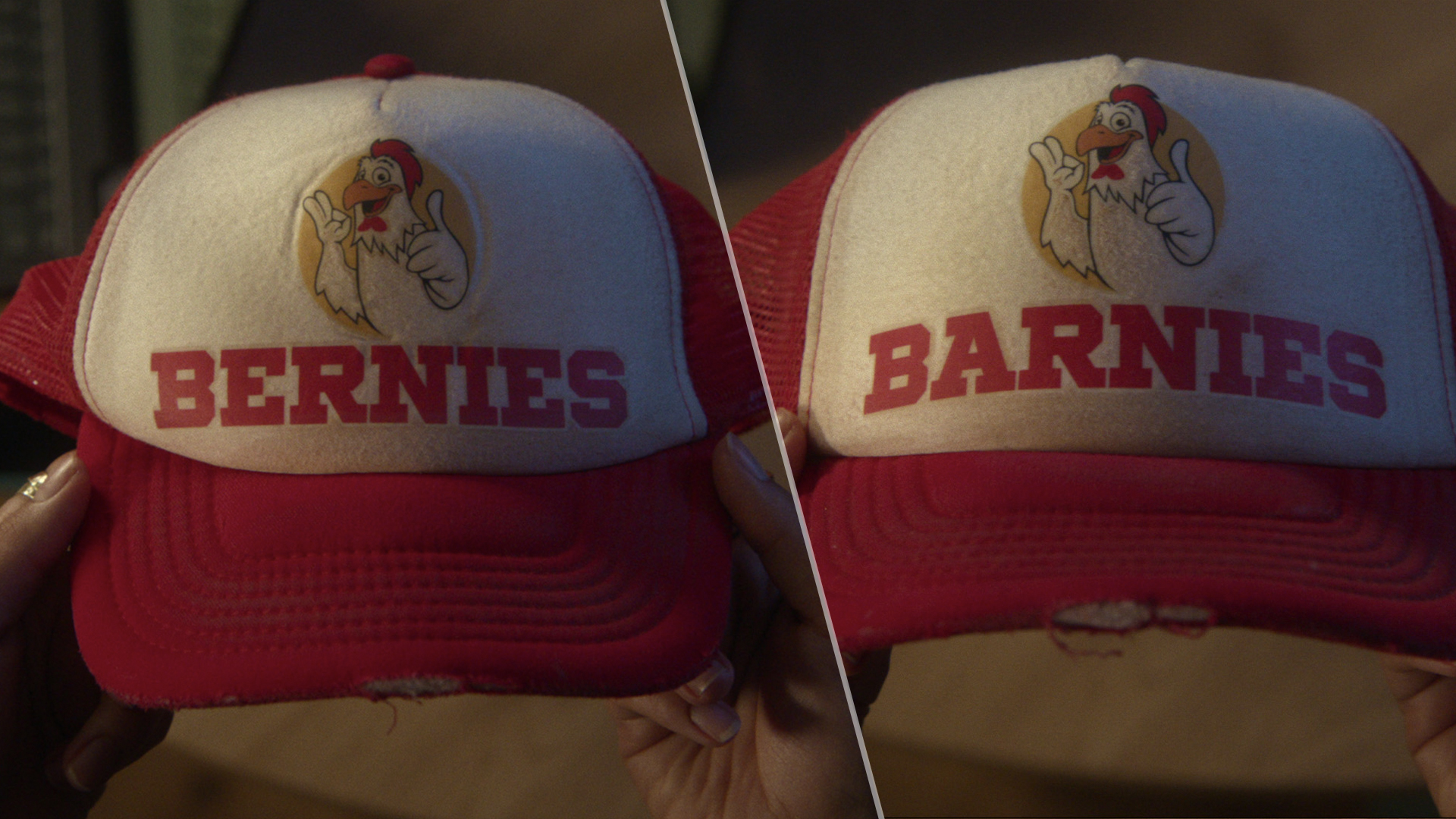Sony A7S II Hands-on: Tiny Body, Smooth 4K Video
We go hands-on with Sony's Alpha 7S Mark II: A full-frame mirrorless camera that offers 4K video recording at 30 fps.
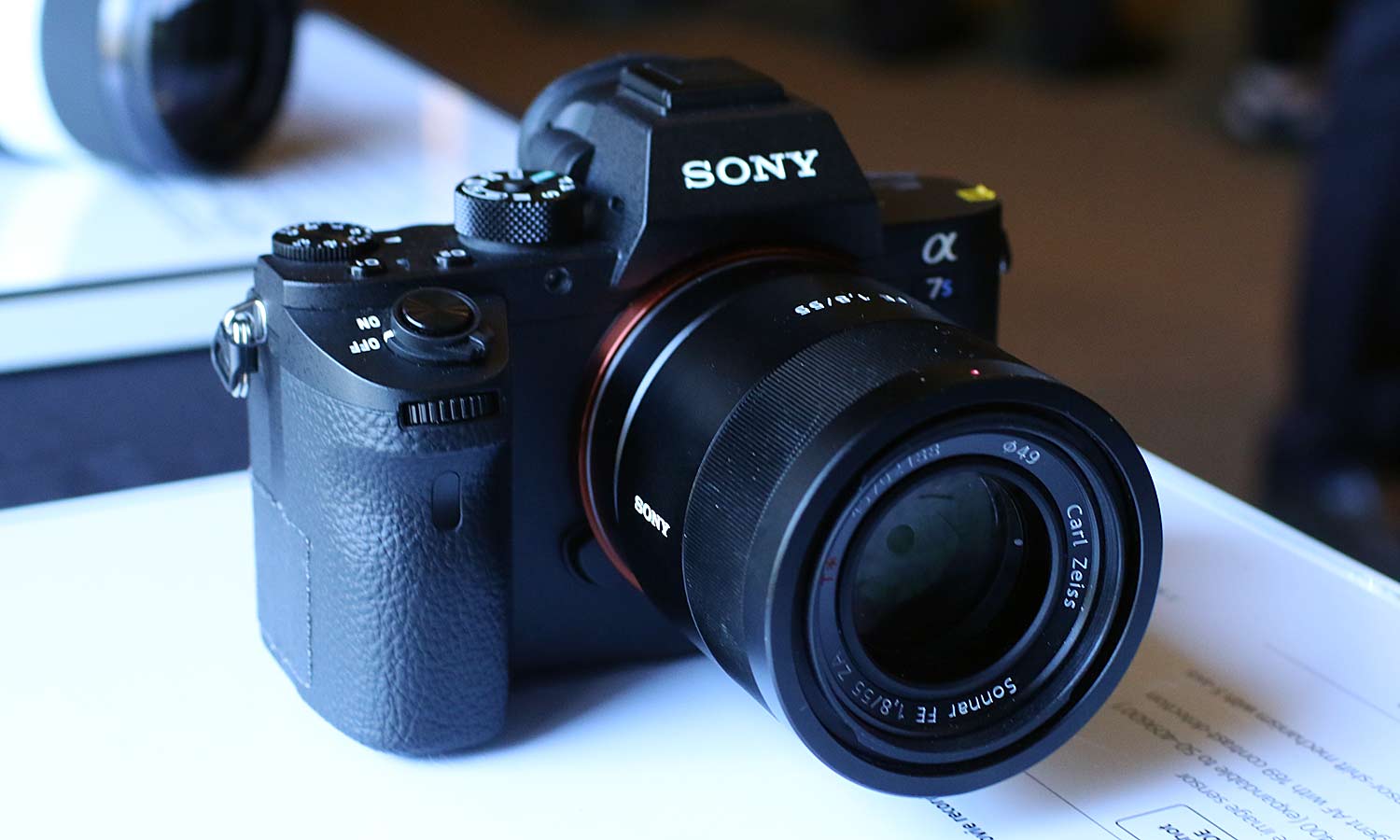
Sony already launched three new cameras this year, but there’s still one more pro-level shooter in the pipeline: The Alpha 7S Mark II.
The 7S II ($3,000, body only) is the sibling to the 42.2-megapixel Alpha 7R II mirrorless monster Sony announced in June. Instead of featuring a super high resolution, though, the 7S II remains at 12.1-MP while adding support for built-in 4k recording (3,840 x 2,160 at 30 fps), slow-motion video capture (1920 x 1080 at 120 fps) and Sony’s latest 5-axis image stabilization tech.
MORE: Best Cameras - The Top Digital Cameras for the Money
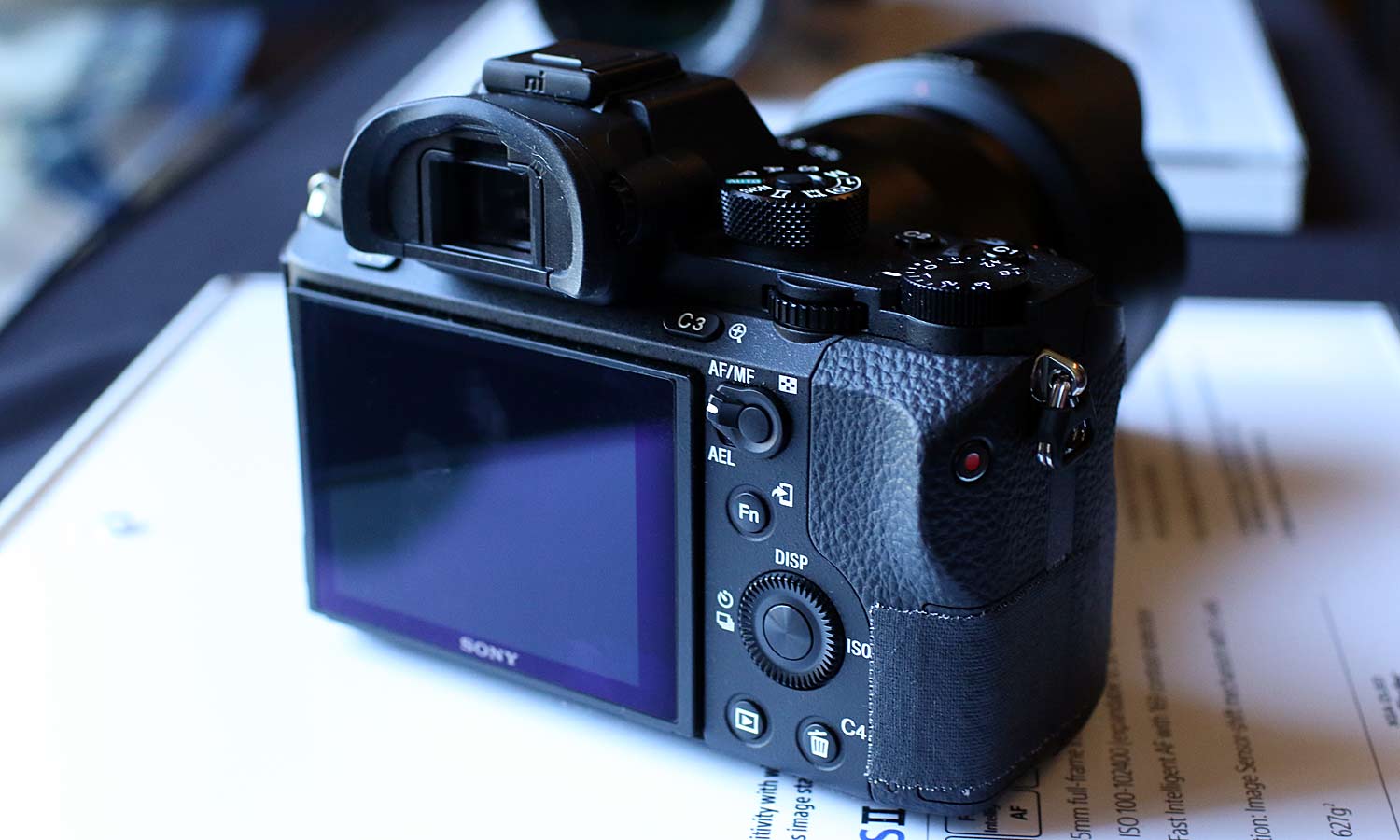
Sony has also upgraded the autofocus system on from 25 points on the old A7 to a massive 169 point system, which promises blazing fast autofocus even in low light conditions. Additionally, the A7S II heralds the arrival of user-selectable compressed and uncompressed 14-bit RAW image capture, which Sony says is a feature that was widely requested by both photo and video enthusiasts. The 14-bit RAW capture should result in some of the most detailed and colorful images from any camera (though we'll have to test that ourselves), and the feature is also coming to the A7R II via a firmware update in October.
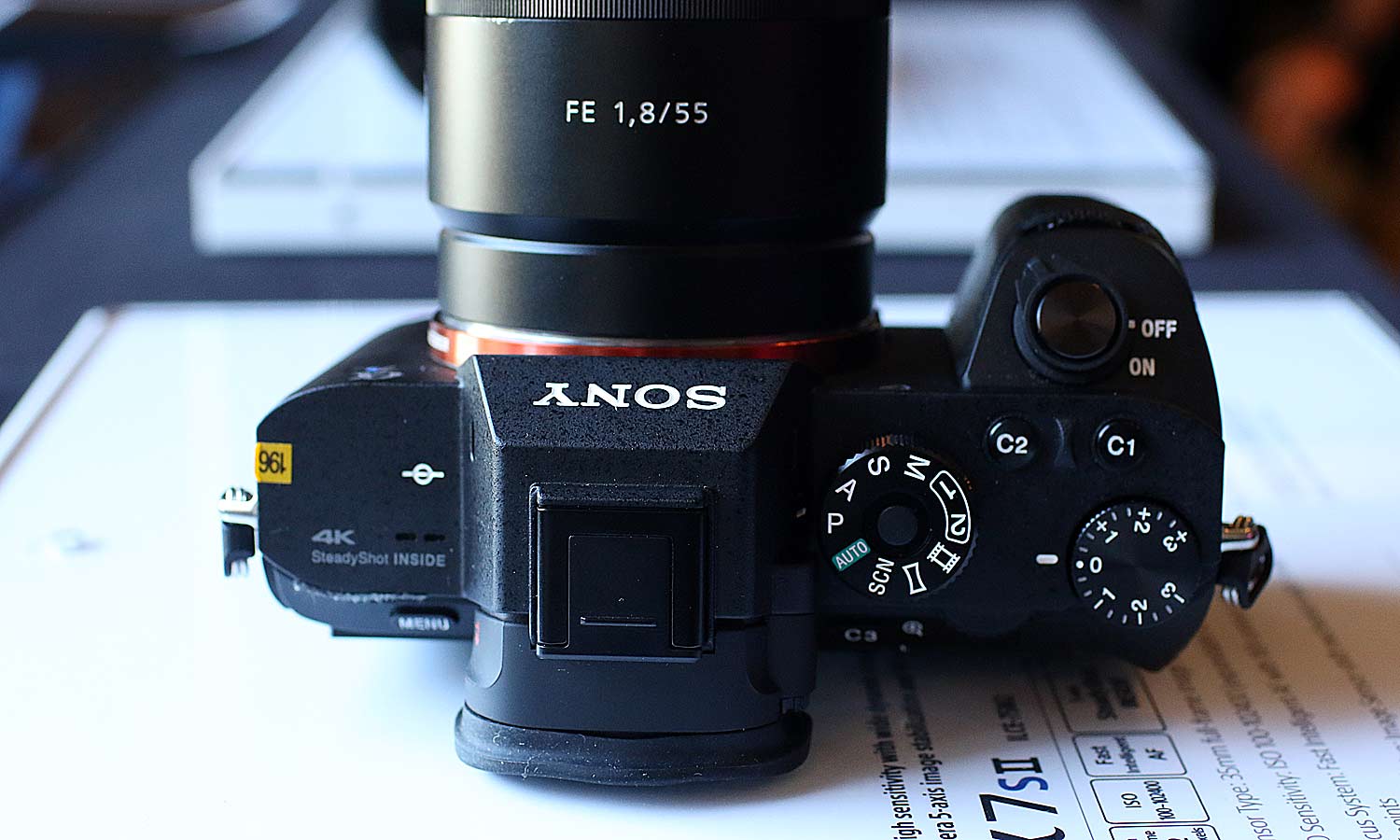
At a hands-on event in New York City, I pushed the Sony A7S II in a variety of challenging light situations. My picture of a drum kit lit by purple stage lights in a dark room was beautifully colorful and clear. At ISO light sensitivity level of 12,800, the image had impressively little noise (grain).
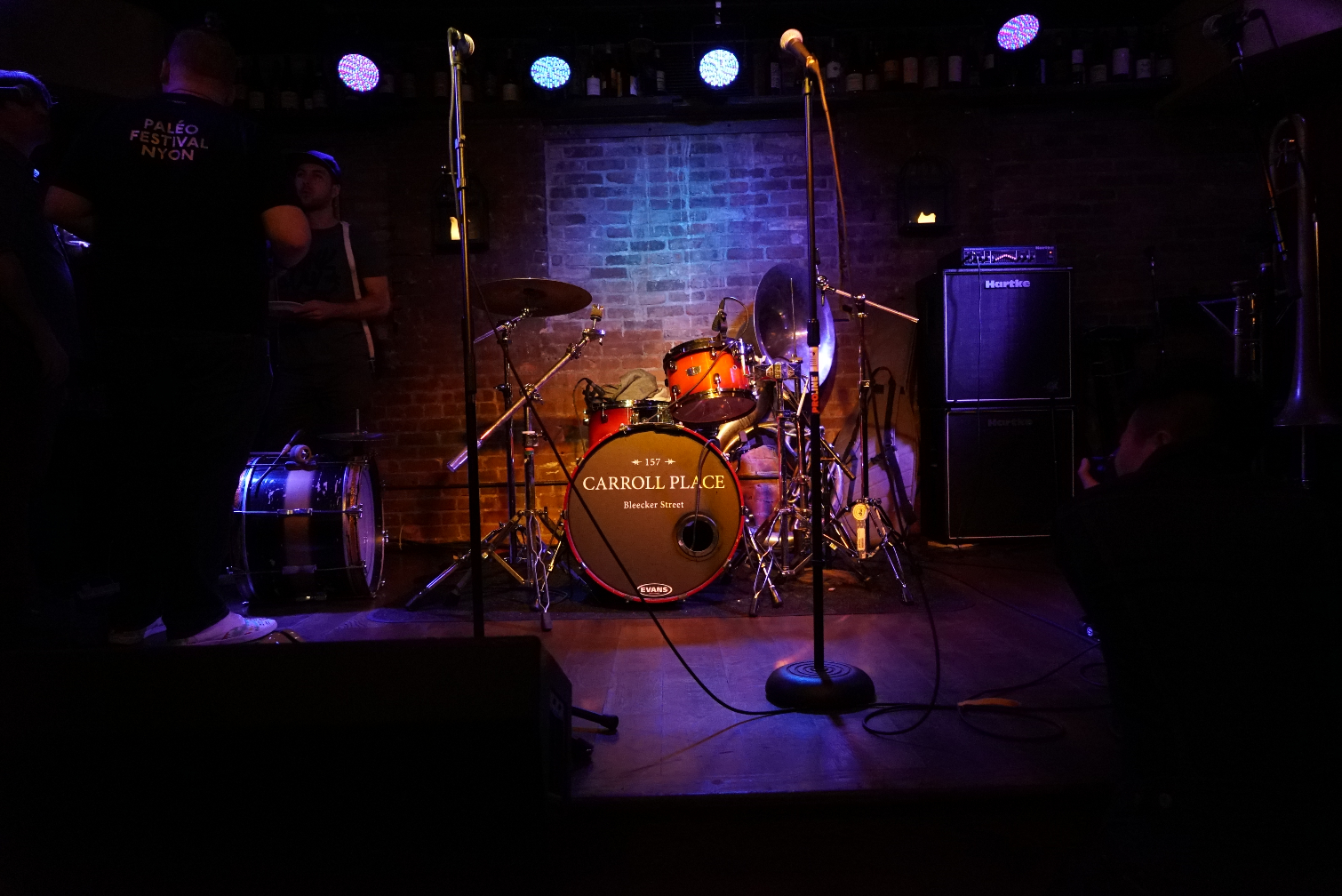
Another difficult shot was of a woman holding up a light to her face in an otherwise dim room. The stark contrast of light and dark spots is usually difficult to manage, but the A7S II exposed the scene evenly, with details such as exposed brick and a red couch in the background clearly rendered, while the model's face was not overexposed.
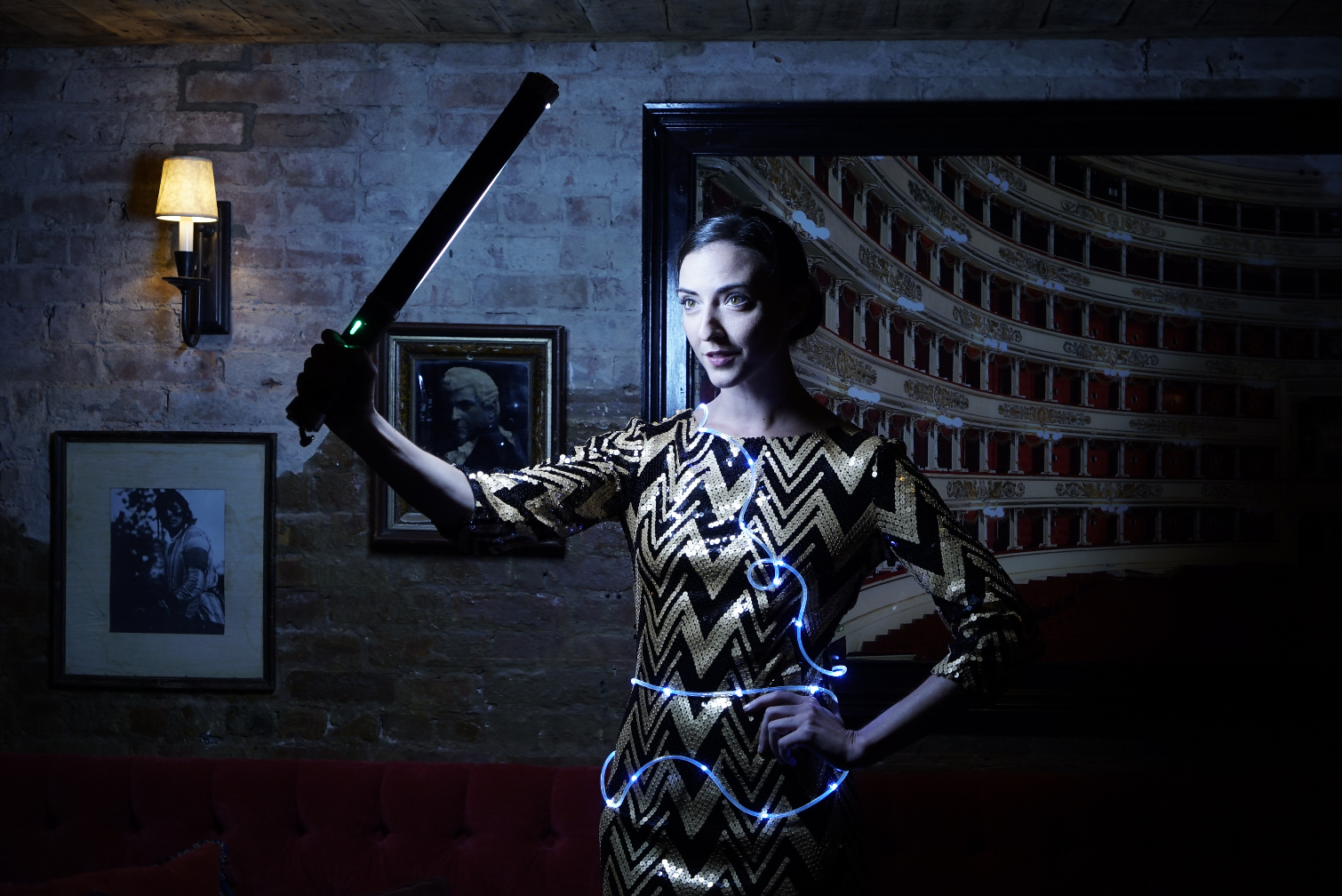
On a cloudy morning, the A7S II had a bit more trouble with overexposure, as my photo of the Manhattan skyline had burned out parts in the sky. However, red buildings and a green field were vibrant, and every window on all the buildings in the scene were crisp.
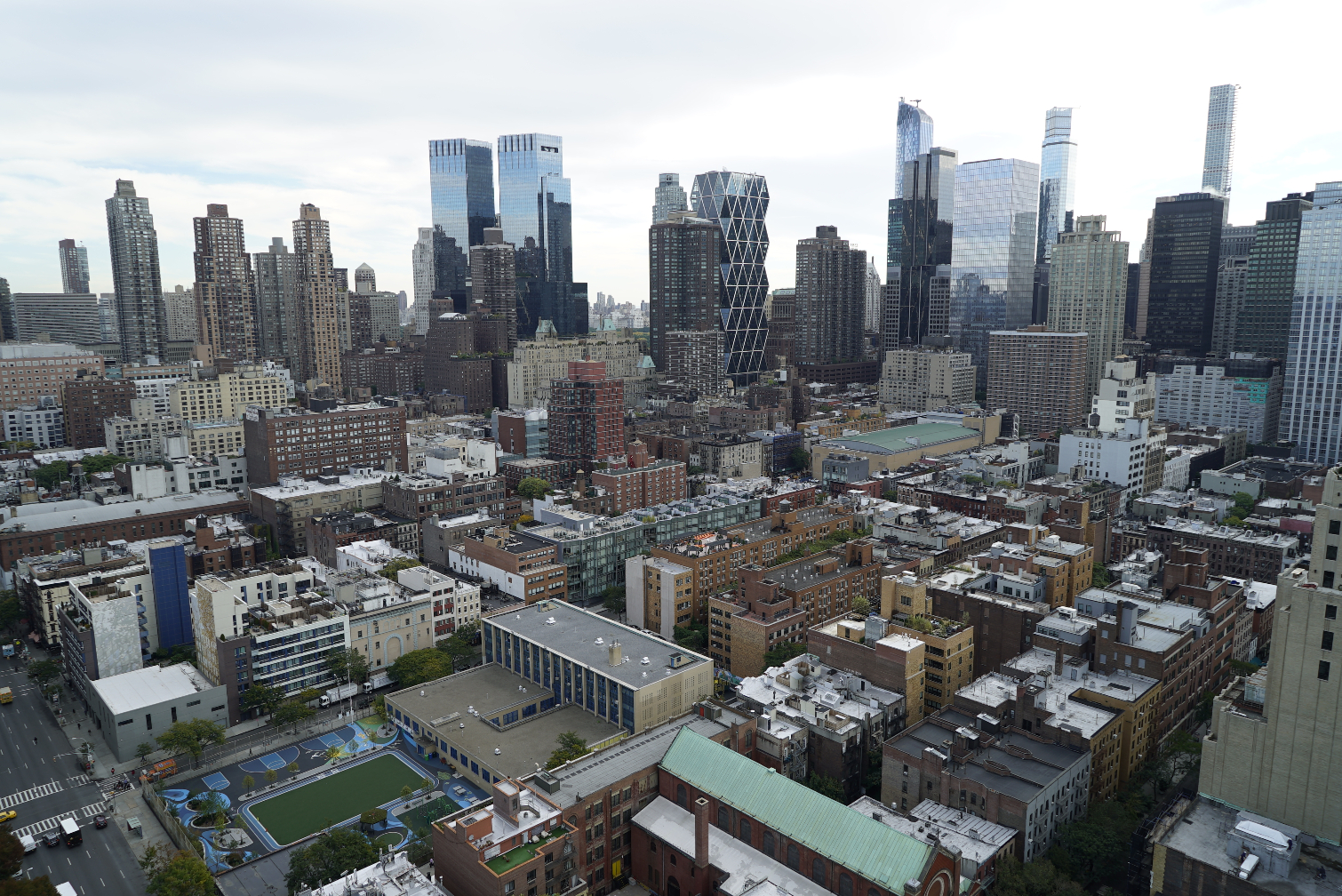
Measuring 4.7 x 2.7 x 1.5-inches and weighing 22.1 ounces (with battery but no lens), the A7S II is pretty much identical to the A7R II in terms of size and design. The body still seems impossibly light for a camera with a full-frame CMOS sensor, and with its small but sturdy construction, its buttons and dials were easy to reach.
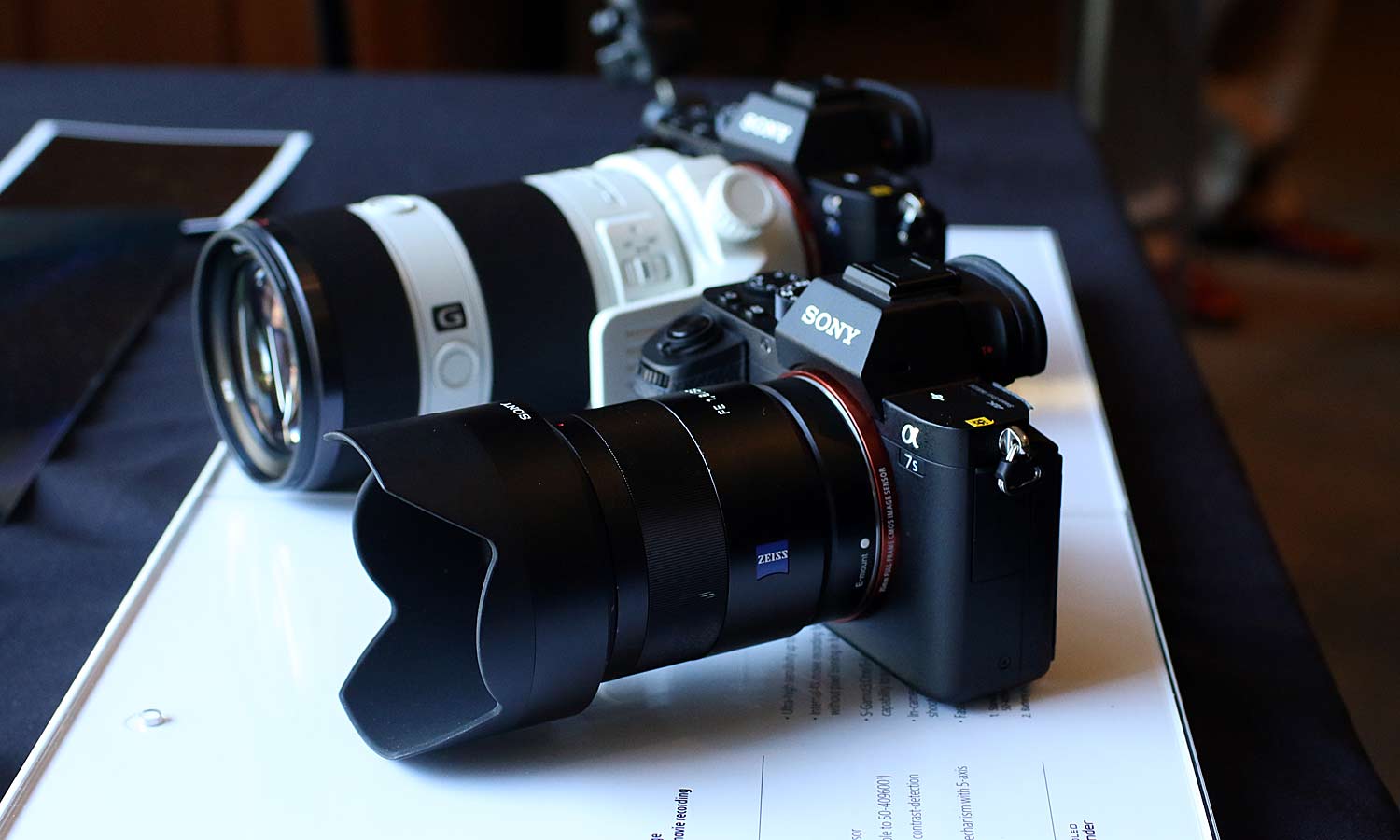
The A7S II retains the same 3-inch tilting LCD screen as the regular A7, but unfortunately, CIPA rated battery life has fallen from 380 shots on the regular A7 to 310 shots on the A7S II. This could be a result of the increased power drawn from the 5-axis stabilization system, but will require some in-depth testing to determine for sure.
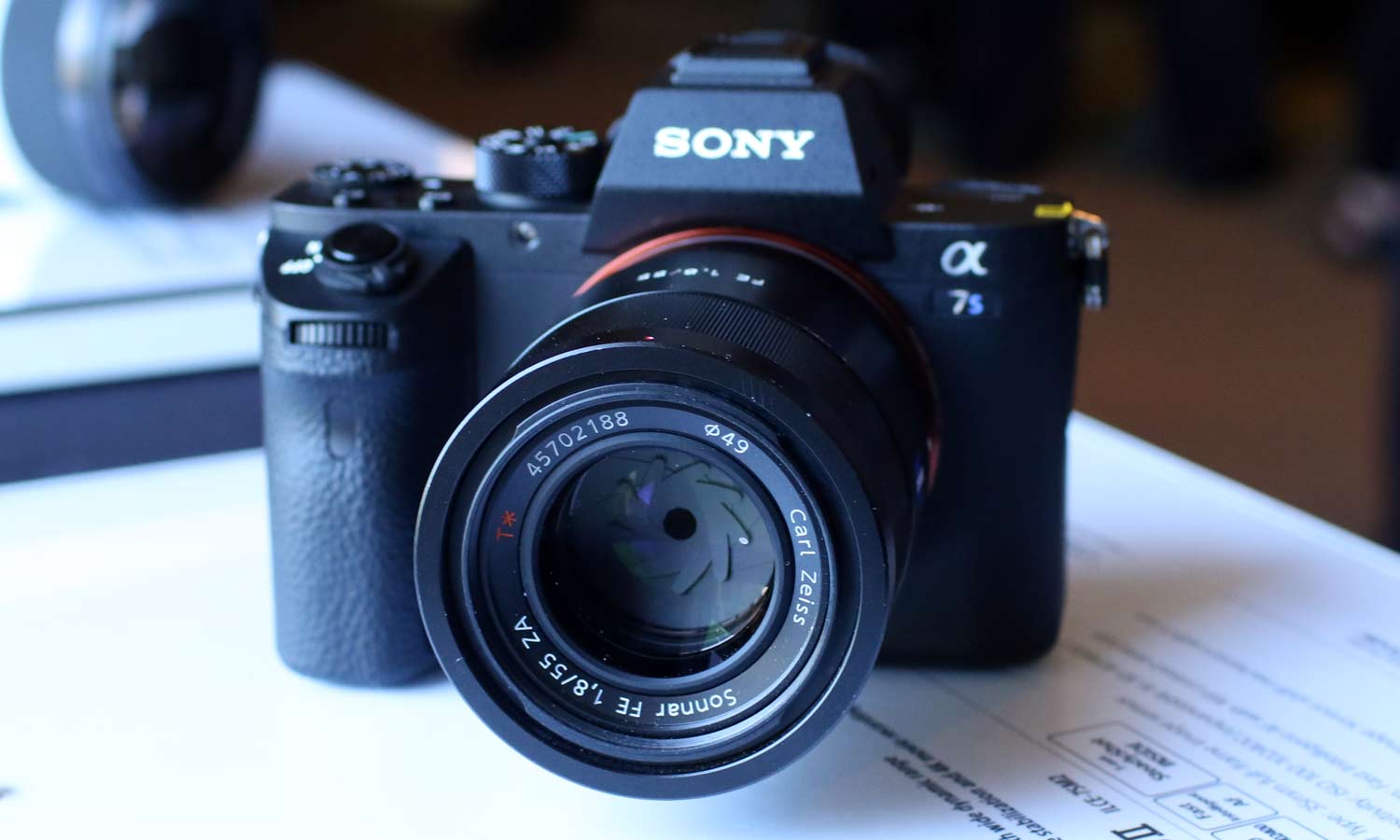
Like all of Sony’s high-end interchangeable lens cameras, the A7S II uses E-mount lenses, making it compatible with dozens of different lens options. The A7S II should be available sometime in October; we look forward to putting it through its paces closer to launch.
Sign up to get the BEST of Tom's Guide direct to your inbox.
Get instant access to breaking news, the hottest reviews, great deals and helpful tips.
Sam is a Senior Writer at Engadget and previously worked at Gizmodo as a Senior Reporter. Before that, he worked at Tom's Guide and Laptop Mag as a Staff Writer and Senior Product Review Analyst, overseeing benchmarks and testing for countless product reviews. He was also an archery instructor and a penguin trainer too (really).
